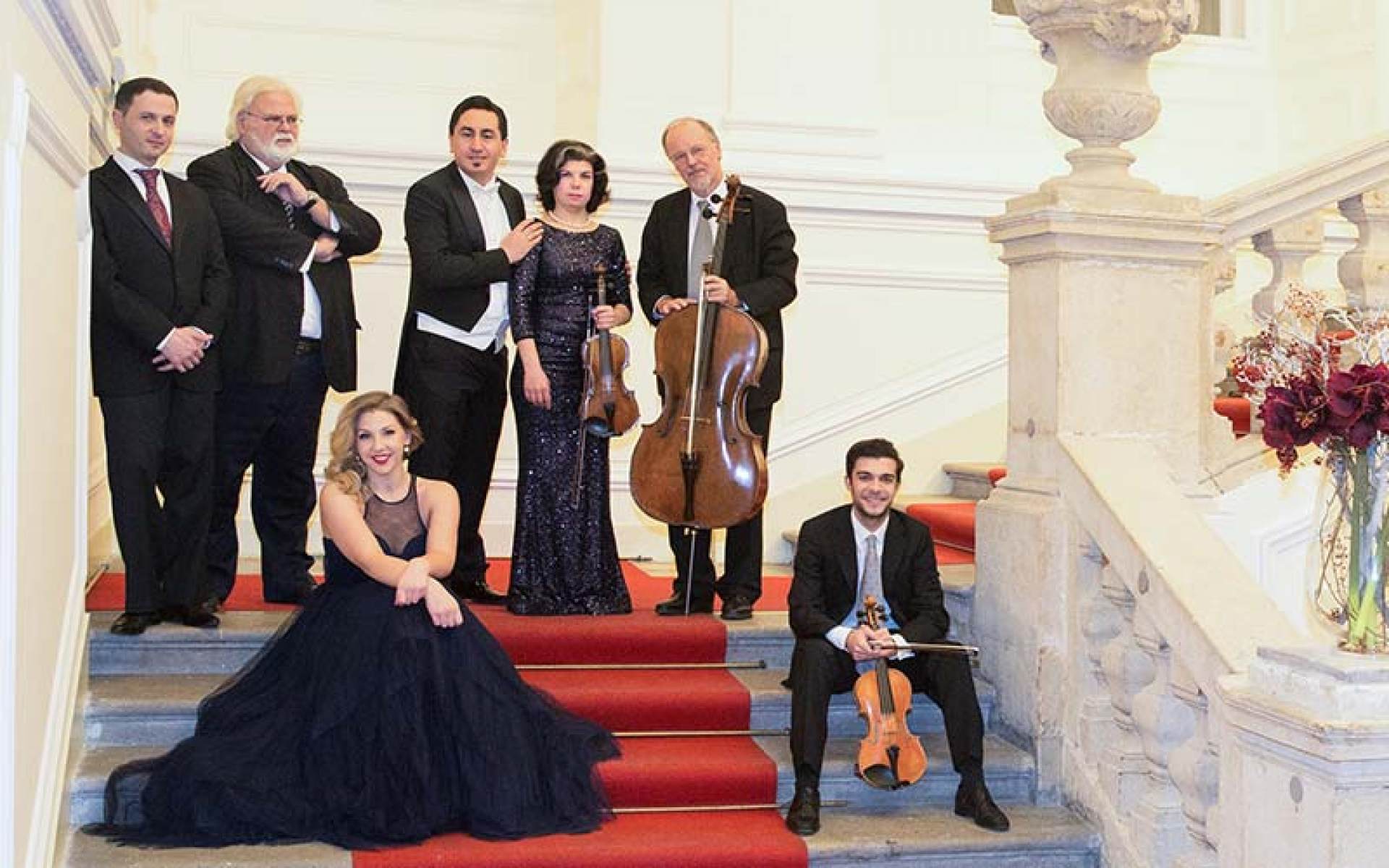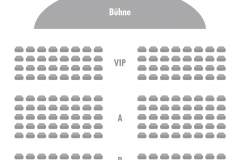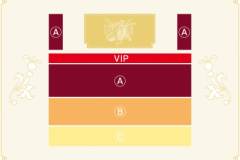Vienna Baroque Orchestra
Mo | Tu | We | Th | Fr | Sa | Su |
Concert starts at 8:20 pm at Palais Schönborn
Concert starts at 8:20 pm at Palais Schönborn, Dinner starts at 6:00 pm at Café Landtmann
Currently there are two concerts each (6:30 pm and 8:20 pm).
Concert & Dinner
Enjoy your dinner in the epitome of a typical and well known Viennese coffee house at 6:00 pm.
After the dinner come along to have an unforgettable musical experience in one of the most beautiful concert halls, the Palais Schönborn which is just a few steps away.
Café Landtmann:
In 1873 Franz Landtmann opened “Vienna’s most elegant café location“. Even today, the Landtmann ist the epitome of Viennese coffee house culture and one of the last grand cafés along Vienna’s Ringstraße. Come and enjoy the wonderful world of Viennese hospitality and tradition, as have numerous prominent guest over the decades, from Sigmund Freud to Gustav Mahler or Hillary Clinton.
The SERVUS Restaurant:
The SERVUS restaurant will make you culinary happy. You will be spoilt with Austrian dishes. The restaurant places great value on regional and high-quality ingredients. Enjoy your Austrian dish here – newly interpreted and freshly prepared.
*VIP Only: Access to VIP lounge with separate cloakroom, complimentary glass of sparkling wine & a personalized program
Menu
Menu Café Landtmann
Consommé with shredded pancakes
***
Wiener Schnitzel – golden brown breaded veal cutlet with parsley potatoes and leaf salad
or
Viennese prime boiled beef with classic side dishes: cream spinach, roasted potatoes, chive sauce and apple horseradish
***
Home made cake “Guglhupf”
* We would like to inform you that Café Landtmann will be changing its menu starting from October 1st, 2024. The new menu is as follows:
- Beef soup with sliced pancakes
- Viennese veal schnitzel, breaded and fried to a golden brown, served with potato salad
- Landtmann's Gugelhupf"
Menu Restaurant SERVUS
Homemade bread. Butter. Salad
***
Pumpkin soup. Millet. Coriander
***
Original Viennese Schnitzel. Potato and rowan salad. Cranberry
***
Kaiserschmarren. Zwetschkenröster. Rum sultana
Program and cast
Duration:
18:30-20:00 (including a 10 minutes break)
20:20-21:30 (no intermission)
Program Excerpt
W.A. Mozart “Non più andrai”, Le Nozze Di Figaro
A. Vivaldi “Four Seasons”
W. A. Mozart “Papageno-Papagena”, The Magic Flute
G. Donizetti “Una furtiva lagrima”
P. I. Tchaikovsky “Waltz”, string serenade
J. Brahms “Hungarian Dance No. 5”
F. Lehar “Yours is my whole heart.”
Program subject to change
Schönborn Palace Vienna Austria
PALAIS BATTHYANY-SCHÖNBORN, VIENNA :
ROCOCO PALAIS IN VIENNA′S CITY CENTRE
Palais Batthyany-Schönborn is a Rococo palace in the city centre ofVienna, in the so-called "Innere Stadt" - the first district of the city. It was designed by the famous Baroque and Rococo architect Johann Bernhard Fischer von Erlach and is considered to be an important milestone in von Erlach′s creative work. Today, Palais Batthyany-Schönborn is used privately by various companies, organisations and private individuals. It is thus not open to the general public, but worth a closer look from the outside if you happen to walk by.
A few words on the history of Palais Batthyany-Schönborn: The current palais was built for the so-called "Ban" of Croatia, Field Marshall Count Adam Batthyany. The Ban was the governor of Croatia, but usually located at Vienna - the usage of the term changed over the course of the centuries, though, so be careful with it. Anyway, the Count of Batthyany purchased the premises of today′s palais in 1698. Previously, the site had been occupied by a representative court, belonging to the Imperial Herold Johann Gasser and later to Count Michael von Sinzendorf. Batthyany had the building - the so-calledSchlegelhof - demolished and hired Fischer von Erlach to design a new palais for him. Foundations of the Schlegelhof were incorporated into the new building.
The current Palais Batthyany-Schönborn was built between 1699 and 1706. The building used stone of very high quality, taken from the quarries ofKaisersteinbruch (similar to many other palais in Vienna). The masons in charge with the work were Hans Georg Haresleben and Johann Carl Trumler. As soon as 1740, the still fairly new palais was sold to the Prince Bishop and Count Friedrich Karl von Schönborn. Count Batthyany had died and his widow did not want to keep the extensive building.
Palais Batthyany becomes Palais Batthyany-Schönborn
Schönborn already owned a Gartenpalais ("Garden Palace") in the Alservorstadt (today′s Palais Schönborn in the Josefstadt) and moved all sorts offurniture and parts of his famous art collection as well as his library of 18,000 volumes to the former Batthyany palace. The building remained with the Schönborn family until today, who uses parts of it. Note that the currentcardinal of Vienna, Christoph Schönborn, is a descendent of the family.
In 1846, Palais Batthyany-Schönborn was renovated extensively. In the course of the bombings of WWII and the "Battle of Vienna", the palais was damagedrather badly. It was as late as 1960 that the damages were fixed and the original state restored. The representative rooms in the first floor weresaved, they still have original Rococo ornaments and decorations that date back to the 1740ies. The "Roter Salon" or "Red Drawing Room" is particularly famous and considered to be unique in Vienna. The front façade is preserved according to Fischer von Erlach′s designs: Playful, light and with two oculi that hold vases, flanking the main entrance gate.
Attractions nearby include the Schottenstift, Palais Kinsky, Palais Harrach, Palais Ferstel and the BA-CA-Kunstforum. Further down the square, you will get to Am Hof Square with the Kirche am Hof and the oldarsenal of Vienna. In the other directions, you will find the Ringstraße.

 EN
EN DE
DE IT
IT FR
FR ES
ES RU
RU JP
JP RO
RO
 Seating plan
Seating plan 







